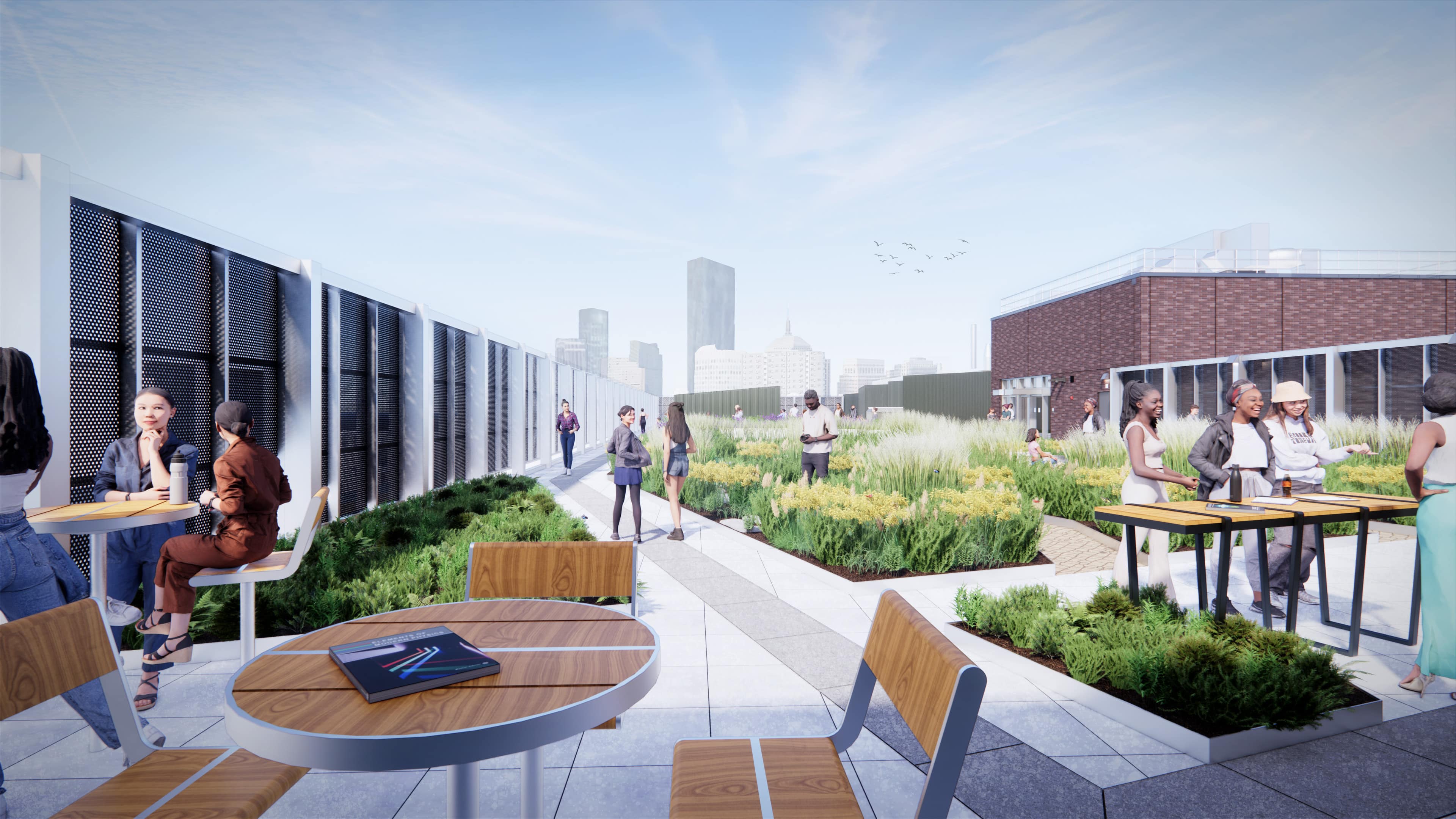Spatial and temporal differences in traffic-related air pollution in three urban neighborhoods near an interstate highway
In Somerville and Chinatown, concentrations of all seven pollutants were higher near I-93 compared to urban background
The effects of I-93 traffic volume were not the same for all pollutants in the three near-highway neighborhoods. PNC increased sharply in the three neighborhoods when traffic volumes were >∼9000 vehicles/hr, particularly during the morning rush hour when winds were lightest and (presumably) mixing height was lowest.
TRAP concentrations generally increased with highway proximity, consistent with I-93 as a major source
In addition, examination of concentration patterns indicated contributions from major surface roads were often comparable in magnitude to contributions from highways. This effect was largest in Dorchester and Chinatown, where at-grade traffic on major roads may have had more influence than direct emissions from I-93 and I-90.
Fig. 6. Spearman correlations of pollutants (hourly median) by study area.
Inter-pollutant correlations varied by neighborhood. Spearman correlations were higher among the gases (NO, NOX, and CO) and lower among particulate pollutants (
Fig. 6). PNC was more highly correlated with the gases than with measures of particle mass. The correlations of NO with NOX were consistently high in both near-highway and urban background areas in Somerville, Dorchester, and Chinatown/Malden. In general, correlations were lower in Dorchester than in other areas; the only correlation greater than 0.7 in the Dorchester near-highway area was for NO and NOX (0.93). In contrast, the Somerville near-highway area had high correlations for many pollutant pairs, including NOX and CO (0.76), NOx and pPAH (0.83), and NOx and PNC (0.80). As expected, PM2.5 was not highly correlated with other pollutants in any of the study areas.


